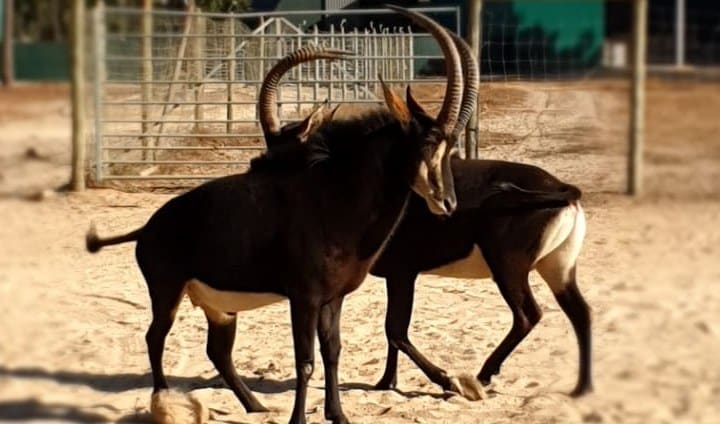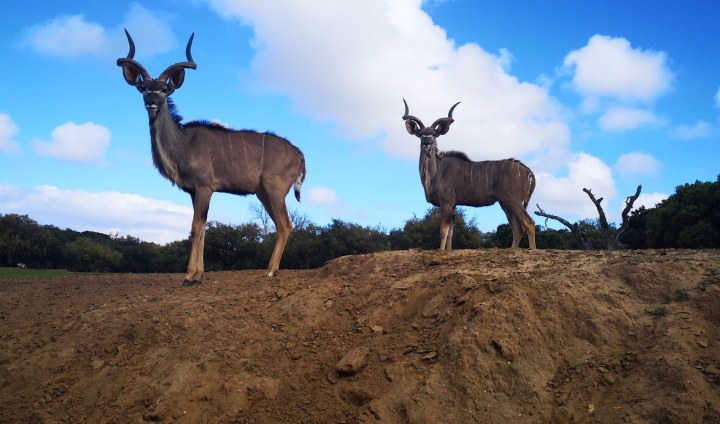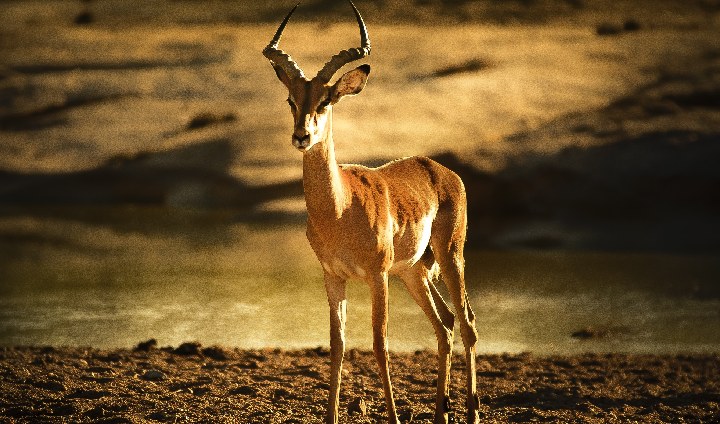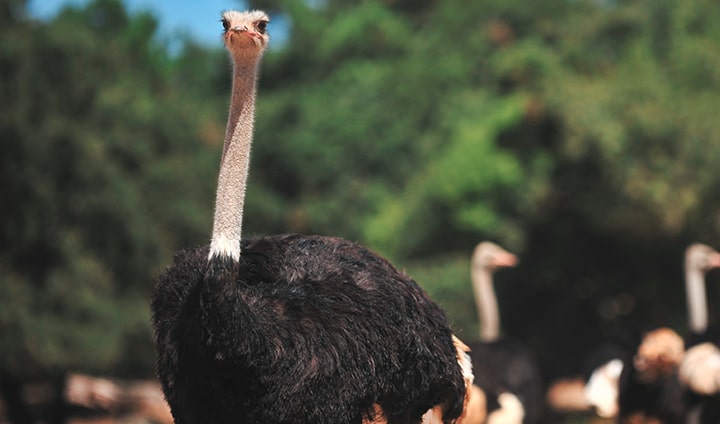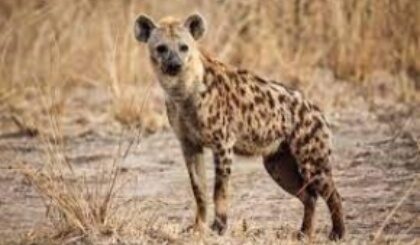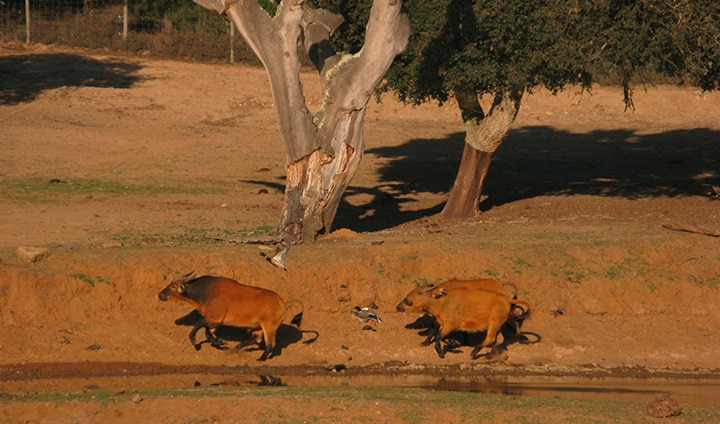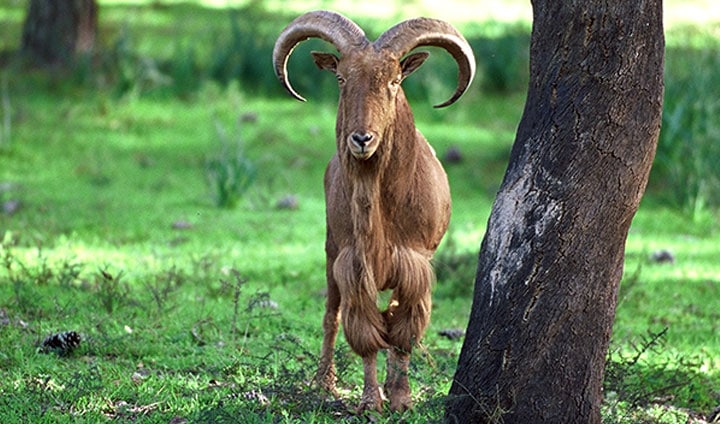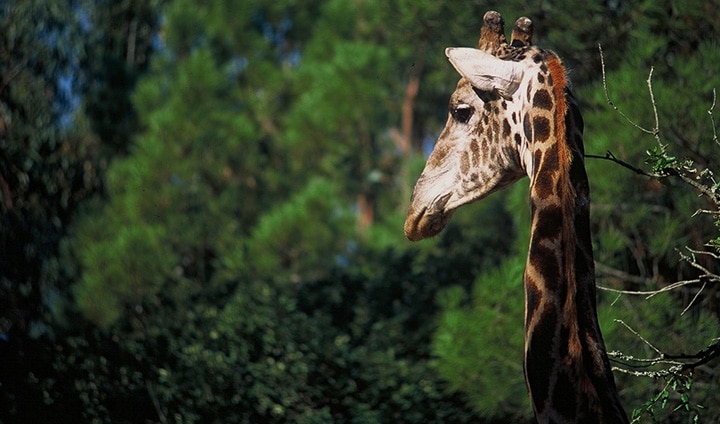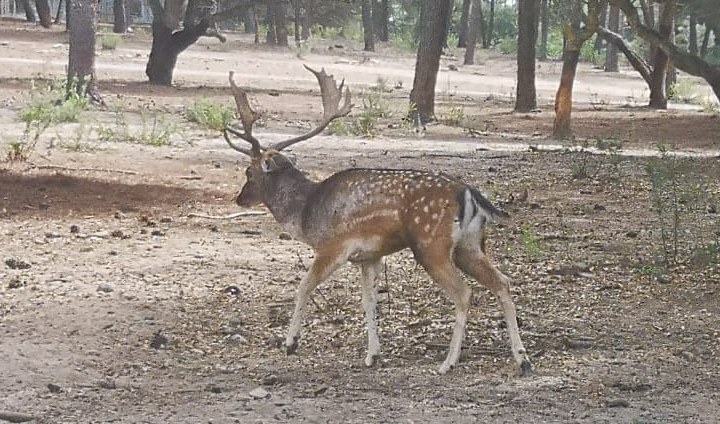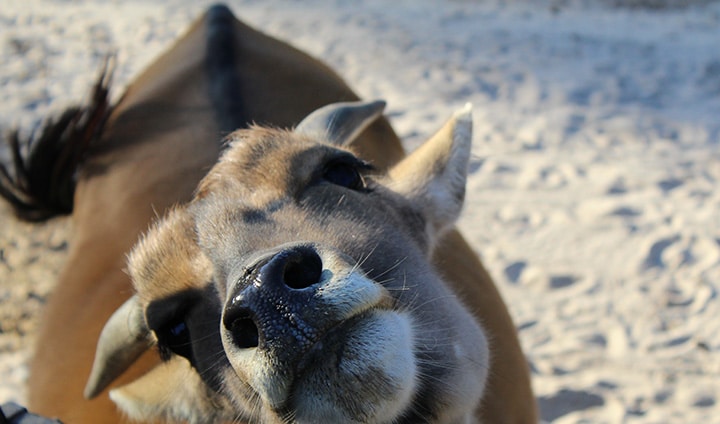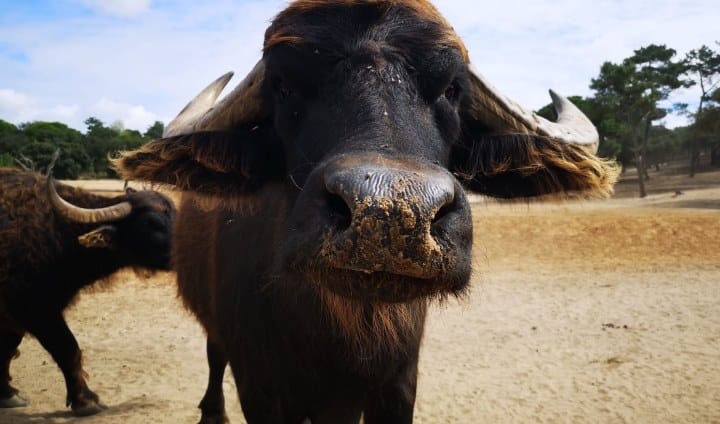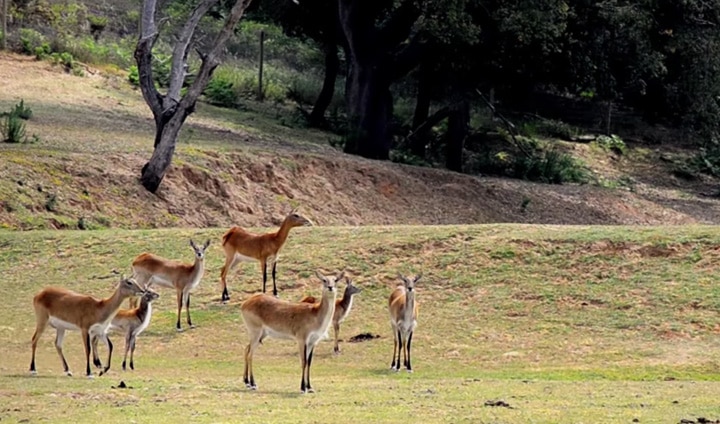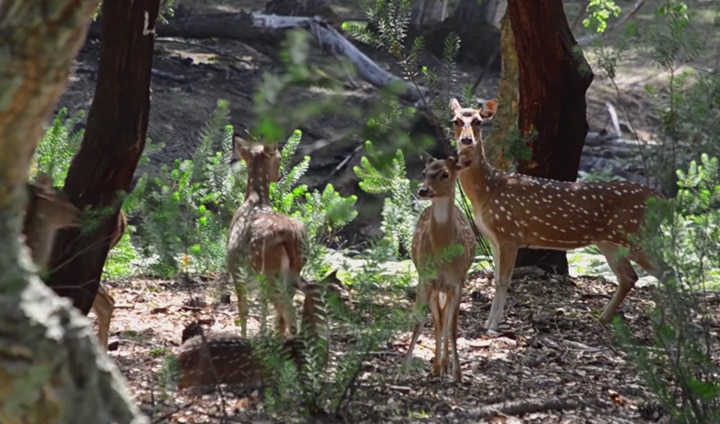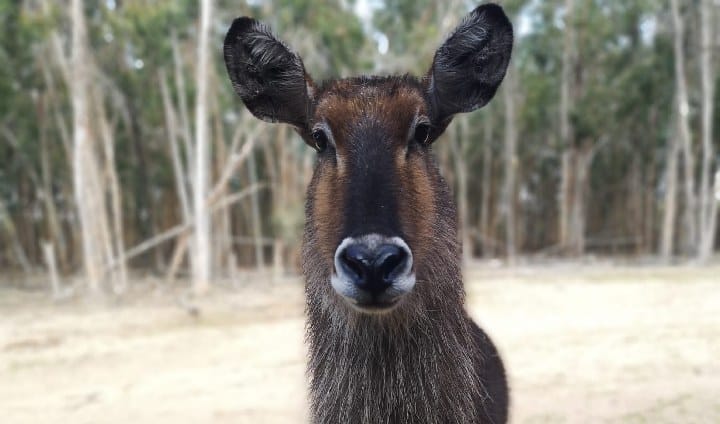Distribution and Habitat: The oryx is found from the desert to semi-desert regions. This is an extension of territory that rises from Senegal to the center of Sudan, which borders the Sahara desert.
Diet: They are herbivorous animals, in which they take advantage of the annual pastures, shrubs and roots to feed. When water availability is greatly reduced, they try to take advantage of the water contained in fruits and vegetables.
Reproduction: The duration of pregnancy is 8 months and the mother has only one calf per pregnancy, which can weigh between 9 and 15kg. Both sexes are sexually mature at the age of two. Births tend to occur more often between March and October. Weaning of the calves occurs between three to four months.
Behaviour: Oryxes are nomadic animals and form herds up to 40 individuals. Normally, the dominant male leads the group and leads the herd. Fights often occur among males, although highly choreographed. It is quite rare to find a fight where one of the males ends up severely injured, unless they are fighting for vital and scarce resources.
Conservation Status: Endangered (EN)
Class: Mammalia
Order: Artiodactyla
Family: Bovidae
Dimensions: 1.4 m – 2.4 m long, up to 1.2m horn length
Weight: 100 kg – 210 kg
Lifespan: 27 years in Captivity






